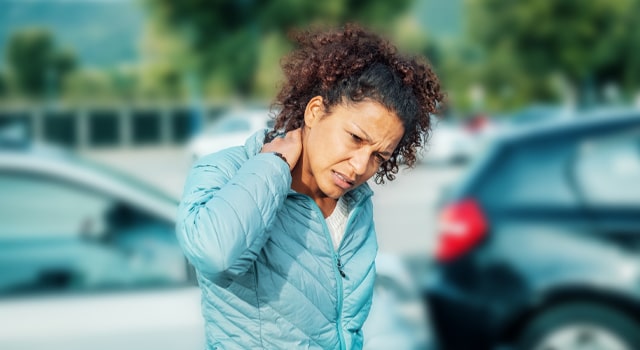If you get into an accident in Pennsylvania, no fault insurance can pay for medical expenses, loss of income and other miscellaneous expenses regardless of fault. Here’s what you need to know about no fault insurance in Pennsylvania, how claims work and what is covered.
What is “No Fault”?
In a no fault state, you’re required to carry medical benefits coverage as part of your insurance policy. This provides medical coverage for you and your passengers if there’s an accident, no matter who was at fault. This can also be referred to as “no fault coverage”.
Is Pennsylvania a no fault state?
Pennsylvania is one of twelve states in the US with no fault insurance laws. This is why PA is known as a “no fault state”.
In Pennsylvania, you’re required to carry at least $5,000 of medical benefits coverage. You can purchase higher limits so you and your family are better protected.
| Required Coverage | Minimum Limit |
| Bodily Injury Liability | $15,000 per person / $30,000 per accident |
| Property Damage Liability | $5,000 per accident |
| First Party Medical Benefits | $5,000 per accident |
If you get into an accident with another vehicle, your medical benefits coverage will help pay your injuries and medical expenses. Your liability coverages will help protect you if you are responsible for injuries to others or damages to their vehicles.
How do claims work?
After an accident, report it to your insurance company as soon as you can.
Filing a claim can be stressful, but Plymouth Rock makes it easy. We send you all the documents and forms you need. Our friendly specialists will guide you every step of the way and ensure you’re taken care of.
What does no fault insurance cover?
Your medical benefits coverage helps pay for medical expenses, loss of income and other expenses regardless of fault after an accident for all occupants of your vehicle. It also covers any pedestrians injured by the operation of your vehicle within the state.
It does not cover physical damage to your car, the other driver’s car or any other personal property. To fully protect your own vehicle, you’ll need collision and comprehensive coverage.
Now let’s talk about you
Do you have the right coverage for your vehicle? We’d love to chat with you about it. Call us at 800-516-9242 or speak to a local agent.
If you’d rather not talk, you can get a quote quickly and easily online. Just enter your ZIP code to get started and see how much you could save!

